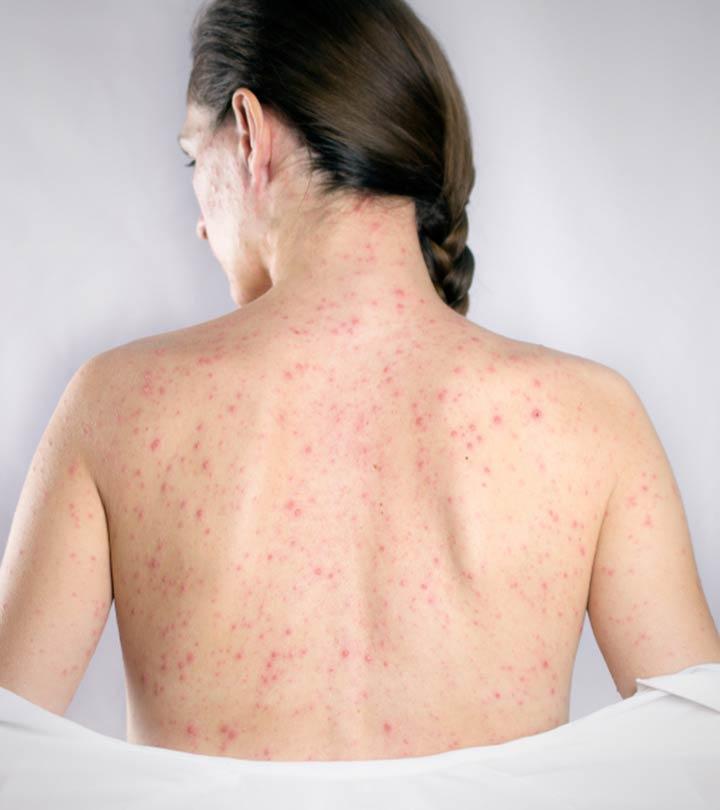
Shingles and Pregnancy: A Comprehensive Guide
Introduction
Shingles, also known as herpes zoster, is a viral infection that causes a painful rash. It is caused by the varicella-zoster virus (VZV), the same virus that causes chickenpox. After a person has chickenpox, the virus remains dormant in the body. Years later, the virus can reactivate and cause shingles.
Shingles can occur during pregnancy, but it is rare. However, when it does occur, it can be more serious for both the mother and the baby.
Symptoms of Shingles During Pregnancy
The symptoms of shingles during pregnancy are similar to the symptoms of shingles in non-pregnant women. These symptoms include:
- A painful rash that appears on one side of the body
- Blisters that form on the rash
- Itching
- Burning
- Tingling
- Numbness
- Sensitivity to touch
- Fever
- Chills
- Headache
- Fatigue
Risks of Shingles During Pregnancy
Shingles during pregnancy can pose several risks to both the mother and the baby. These risks include:
- Preterm birth: Shingles can increase the risk of preterm birth, which is the birth of a baby before 37 weeks of gestation.
- Low birth weight: Shingles can also increase the risk of low birth weight, which is the birth of a baby who weighs less than 5 pounds, 8 ounces.
- Congenital varicella syndrome: If a woman gets shingles during the first 20 weeks of pregnancy, her baby is at risk of developing congenital varicella syndrome (CVS). CVS is a rare but serious condition that can cause birth defects, including:
- Skin problems
- Eye problems
- Neurological problems
- Limb deformities
- Intellectual disability
- Neonatal varicella: If a woman gets shingles within 5 days of delivery, her newborn baby is at risk of developing neonatal varicella. Neonatal varicella is a serious infection that can be fatal.
Treatment of Shingles During Pregnancy
The treatment of shingles during pregnancy is similar to the treatment of shingles in non-pregnant women. This treatment includes:
- Antiviral medications: Antiviral medications can help to shorten the duration of the rash and reduce the severity of the symptoms.
- Pain relievers: Pain relievers can help to relieve the pain and discomfort associated with shingles.
- Cool compresses: Cool compresses can help to soothe the rash and reduce itching.
- Calamine lotion: Calamine lotion can help to dry out the rash and reduce itching.
Prevention of Shingles During Pregnancy
There is no sure way to prevent shingles during pregnancy. However, there are some things that women can do to reduce their risk of getting shingles, including:
- Getting vaccinated: The shingles vaccine is safe and effective for pregnant women. It is recommended that all pregnant women get vaccinated against shingles.
- Avoiding contact with people who have shingles: If you are pregnant, you should avoid contact with people who have shingles.
- Washing your hands frequently: Washing your hands frequently can help to prevent the spread of the virus.
Outlook for Shingles During Pregnancy
The outlook for shingles during pregnancy is generally good. Most women who get shingles during pregnancy will recover fully. However, there is a small risk of serious complications, such as preterm birth, low birth weight, and congenital varicella syndrome.
Conclusion
Shingles is a rare but serious infection that can occur during pregnancy. If you are pregnant and you think you may have shingles, it is important to see your doctor right away. Early diagnosis and treatment can help to reduce the risk of serious complications.